May 5th, 1921.
The day Chanel No. 5 launched for sale in Gabrielle Chanel’s boutique at 31 Rue Cambon, in the heart of Paris.
And became an instant blockbuster, rewriting the annals of perfumery across the world.
Chanel No. 5. The perfume built on two opposing symbols that defined the world of its time: rose and jasmine.
The demure rose, which was the signature scent that trailed women of breeding. Women of nobility. Women who stood at the highest echelons of society.
And the sultry jasmine, which was the emblem of the demi-monde. The seductresses. The women of the night. The women who became mistresses but never wives.
One was the world Gabrielle Chanel aspired towards with all her heart. The other was where Coco Chanel had lived.
The Chanel No. 5 perfume bridged these two realities.
The bridge between desire and acceptance.
The space where Coco became Gabrielle.
The space where a legend was born.
More than anything else, though, Chanel No. 5 was where glamour found its olfactory form.
As cultural historian Tilar J. Mazzeo puts it in his definite book, The Secret of Chanel No. 5: The Intimate History of the World’s Most Famous Perfume: “For the better part of a century, the scent of Chanel No. 5 has been a sultry whisper that says we are in the presence of something rich and sensual. It’s the quiet rustle of elegant self-indulgence, the scent of a world that is splendidly and beautifully opulent.”
Today, more than 100 years after it first took over the world, Chanel No. 5 remains an icon you would be hard-pressed not to find in the perfume wardrobe of any beauty editor, fashionista, style icon, or celebrity.
One bottle of Chanel No. 5 perfume is sold worldwide every 30 seconds. And that’s a cultural legend in itself.
And its stories are numerous.
How it was one of the first fragrances that eschewed the use of soliflores (single floral notes). How it was the result of a happy lab accident involving an overdose of aldehydes. How it was the most expensive perfume of its time, due to the copious amounts of jasmine from Grasse.
How it’s still one of the most expensive perfumes in the world, owing to the copious amounts of jasmine from Grasse.
However, there are still many hidden secrets you still need to learn about the world’s most famous perfume. Secrets that will make you appreciate it even more than before. Secrets that any perfume lover will adore and admire.
So, dab some Chanel No. 5 on your wrists, take a deep whiff, and settle down for the most exhilarating read on the perfume. Ready?
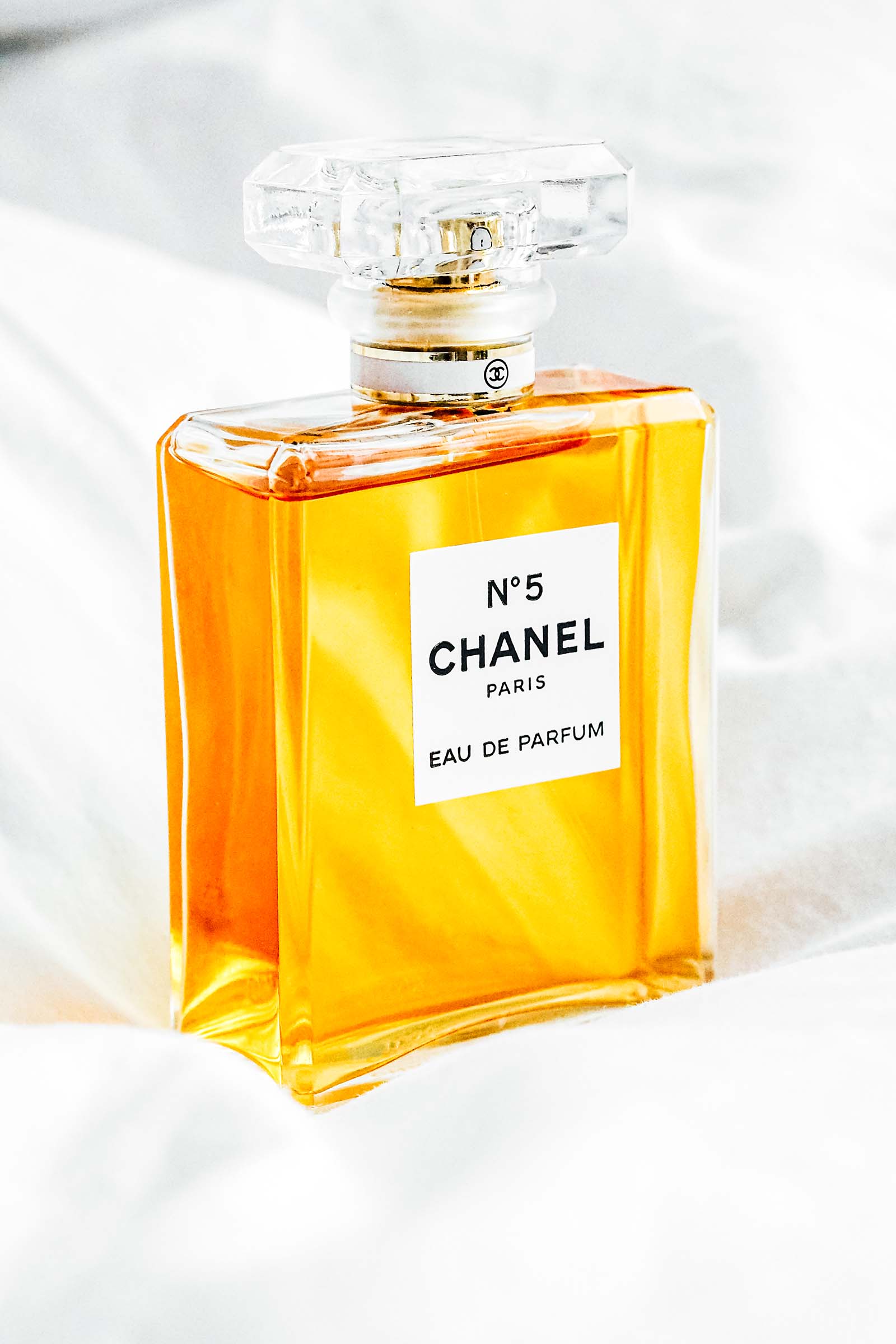
Chanel No. 5 was not named after the sample number
Yes, we know that the Chanel No. 5 perfume was the fifth sample that perfumer Ernest Beaux offered to Chanel.
However, the choice of name is far more complicated.
The number five was always Chanel’s lucky charm. This can be traced to her childhood at the orphanage in Aubazine, where it was repeated often — in symbolic patterns like the circles that made up the paths, the five-pointed stars on the ceiling, and the pentagon.
It even underlined the Cistercian belief that the number five was the number of quintessence: the symphony of earth, water, wind, fire, and the spirit.
Later, she was also to find out it was Boy Capel’s lucky number.
Chanel presented all her collections on February 5th and August 5th every year. Chanel Number 5 perfume was formally launched for sale on the fifth day and fifth month of 1921.
The logo holds a tale of love and heartbreak
The original bottle had a simple ‘C’ on the black seal of its neck. This was changed to the now-iconic interlocking Cs only in 1925, and that’s how it remained during the early years of Chanel No. 5.
These interlocking Cs, which run through the entire Chanel brand, are said to have been inspired by the shape of the stained glass windows in Aubazine.
Historians also speculate that Coco designed it as a combination of ‘Chanel’ and ‘Capel,’ forever joining her name with Boy Capel — the only man she ever truly loved.
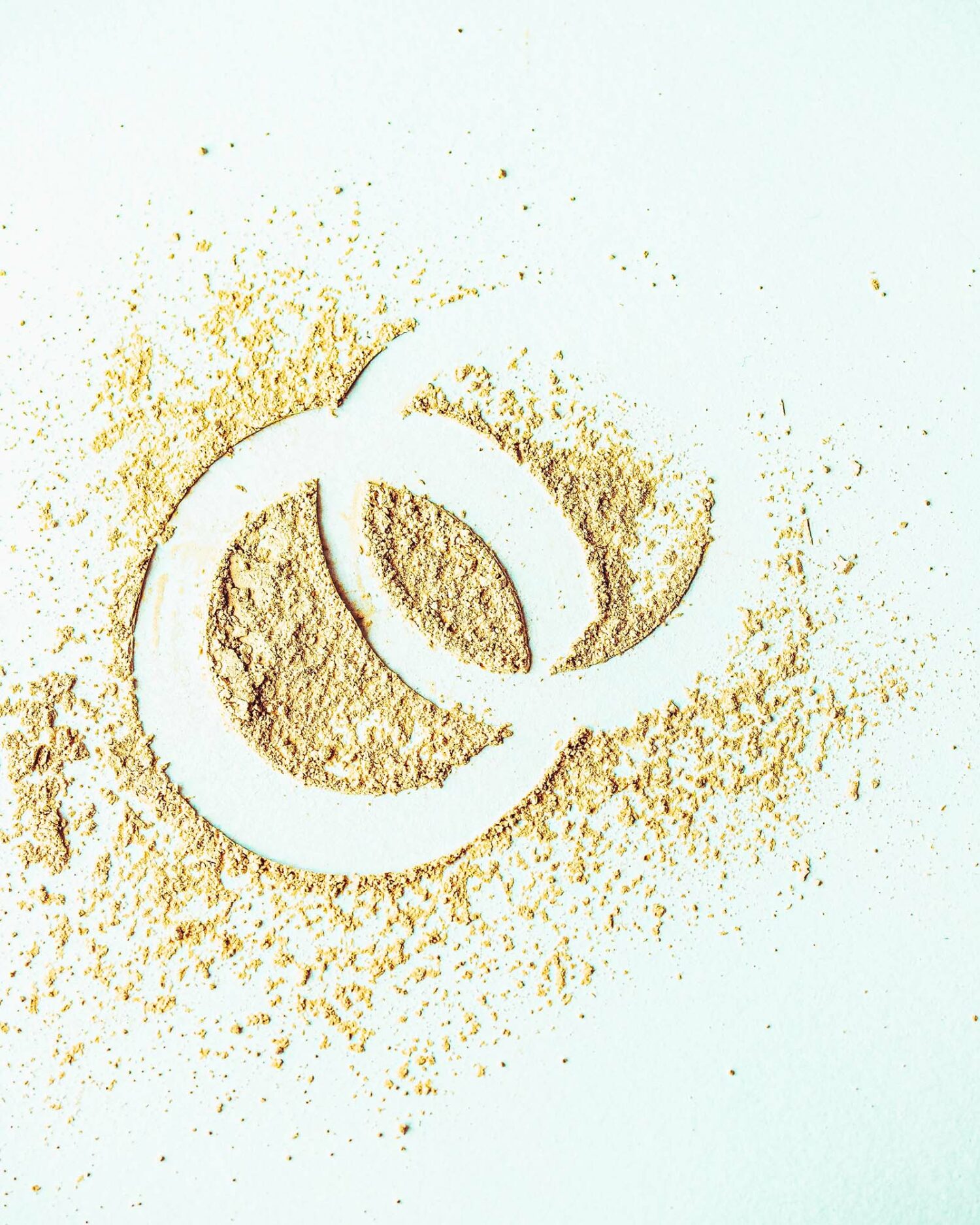
Chanel Number 5 perfume: What you don’t know about the ingredients
While the Rose de Mai (Rosa Centifolia) and jasmine, sourced exclusively from Grasse, may be the two most famous ingredients of No. 5, the fragrance has far more to its story. Ernest Beaux traveled across the world, even as far as the Arctic Circle, searching for components for his iconic creation.
The perfume is a harmonious blend of over 80 ingredients, with the key players being ylang-ylang from Madagascar, Brazilian tonka beans, and sandalwood from India.
Even the aldehydes that lift the perfume were added to capture the icy, invigorating breath of Arctic snow that Ernest experienced at the world’s northern reaches.
But it was not the first perfume to use aldheydes
Contrary to popular legend, Chanel No. 5 was not the first perfume to use a heavy dose of aldehydes — though it would be the first to do so in such large proportions and with such unprecedented access.
The first time these organic compounds appeared in perfumery was in Pierre Armingeat’s Rêve D’Or (1905). They were also present in Houbigant’s Quelques Fleurs (1912).
However, the Chanel Number 5 perfume gave them centerstage and led to their becoming a crucial element of world perfumery.
A Chanel No. 5 origin story: Bottle inspired by whisky decanters
The simple, almost pharmaceutical glass bottle of Chanel No. 5 perfume — completely contrary to the ornate crystal creations of the time — was inspired by Boy Capel’s whiskey decanters. The original pared-back glass bottle was gently curved — the corners were first faceted and squared in 1924. The shape has remained unchanged since then.
The only thing that has changed architecturally about the now-iconic bottle is its stopper. Initially just a small, square plug, it was redesigned as a bevel-cut octagon in 1924.
This was a monument to the famed Place Vendôme in Paris. Why this particular spot? Not only was Place Vendôme the epitome of luxury, it also fronted the Hotel Ritz, Coco Chanel’s lifetime residence.
War, Disguise, and Chanel No. 5: The Perfume’s Role in WWII Espionage
In the tumultuous times of World War II, when the world was plunged into chaos, Chanel No. 5 was thrust into an unexpected role during the war, becoming an accomplice in covert operations.
The resistance devised a clever strategy to utilize the unmistakable allure of Chanel Number 5 perfume to their advantage. The beautiful bottles, synonymous with luxury and glamour, became vessels for carrying vital messages between spies operating in enemy territory.
Picture this: A daring agent dressed in the guise of a well-heeled socialite would discreetly carry a seemingly innocent bottle of Chanel No. 5 perfume. To the unsuspecting eye, it was just a fashionable accessory, but beneath the exterior lay a covert compartment ingeniously designed to house coded messages.
The fragrance that captivated the senses of many also became a silent messenger of hope, a conduit for information that could turn the tides of war.
The choice of Chanel Number 5 perfume was not arbitrary. Its association with wealth and refinement made it the perfect camouflage in an environment where suspicion lurked around every corner.
The Nazis, preoccupied with their pursuit of dominance, failed to recognize that the very symbols of opulence they sought were being turned against them!
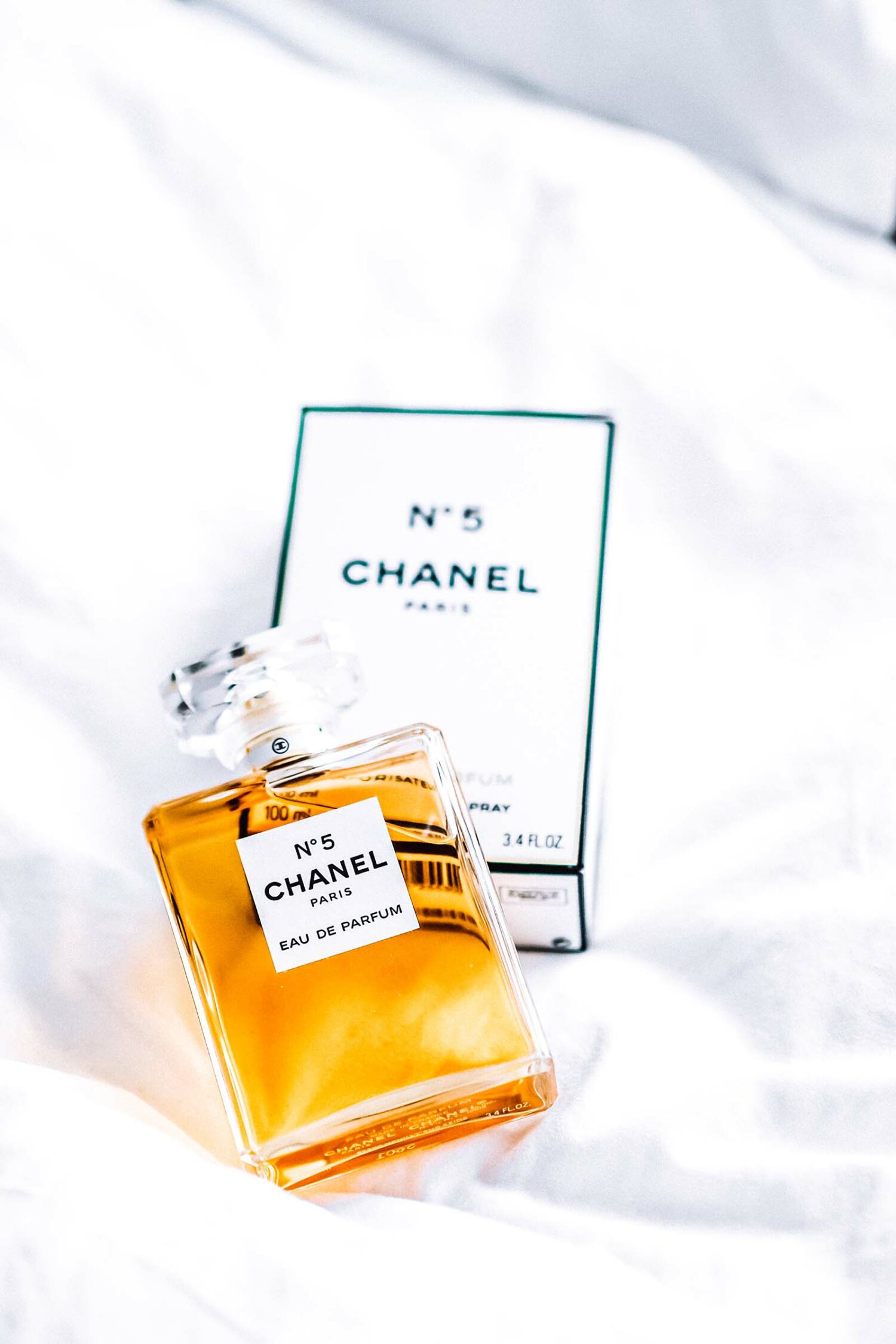
Has the fragrance of Chanel No. 5 changed over time?
According to the company, the current formula for Chanel No. 5 perfume remains very close to the original — except for excluding natural civets and certain nitro-musks, as the fragrance industry requires.
Perfume experts and historians, however, hold that only the Chanel No. 5 Parfum Grand Extrait closely mirrors the original 1921 version. This is because the parfum, eau de parfum, and eau de toilette have lower concentrations of the more expensive ingredients like Rose de Mai and jasmine.
Through its 102 years, only four perfumers have worked on Chanel No. 5 (and all the other Chanel perfumes): Ernest Beaux, Henri Robert, Jacques Polge, and Olivier Polge.
Chanel Number 5 perfume: Galeries Lafayette was its first stockist
Théophile Bader, founder of Galeries Lafayette, owned a 20% stake in Chanel No. 5 from 1924 to 1954. Galeries Lafayette, consequently, was the first retailer in the world to sell No. 5 outside of Chanel’s boutique. This created a hallmark in the fragrance industry.
Coco Chanel actively tried to destroy Chanel No. 5
Coco owned only 10%, while Pierre Wertheimer (who also owned Bourjois) took 70%. It was a voluntary business decision from Coco Chanel that she spent the rest of her life resenting, leading to ugly battles both in and out of court.
In 1933, things had turned so bitter that Coco Chanel was voted off the board of directors and stripped of all control of the company for a while.
This led Coco to launch a series of competing perfumes, which came to be known as the ‘Mademoiselle Chanel’ or the ‘Red Label’ series. She even stopped using the Chanel No. 5 perfume herself and worked to actively smear its reputation, claiming that its quality had deteriorated.
She herself switched over to Mademoiselle Chanel No. 31 as her signature scent. It combined a mossy green accord with jasmine and rose and was later relaunched as Chanel No. 19. It’s the only perfume from the rival series that remains in existence today (and my favorite).
The battle finally ended in 1947 when the Wertheimer brothers and Coco Chanel reached an agreement that made her one of the wealthiest women in the world. Today, the Wertheimer family is the sole owner of the entire fashion house.
From bloom to bottle: Chanel controls 99% of Grasse’s jasmine harvest
What’s so special about the jasmine from Grasse in the South of France? While this fragrant flower is grown in several parts of the world, the particular climate of Southern France gives it a distinct note.
Here, the jasmine plants have a lower proportion of indoles — the compound that gives them their intense sweet smell. This makes them more subtle, less syrupy or cloying. They also carry tea notes, unlike any other jasmine in the world.
Today, around 99% of the production of jasmine from Grasse goes into just one perfume: Chanel No. 5. This is the result of a long-term agreement brokered by Chanel with the Mul family in the 1980s when house perfumer Jacques Polges discovered that the production of this unique jasmine was declining and would put the integrity of No. 5 at significant risk.
By owning the jasmine fields, Chanel exercises meticulous control over the entire production process. From the moment the jasmine buds unfurl their fragrant petals to the delicate extraction process, the House ensures only the most exquisite blooms make their way into the iconic fragrance.
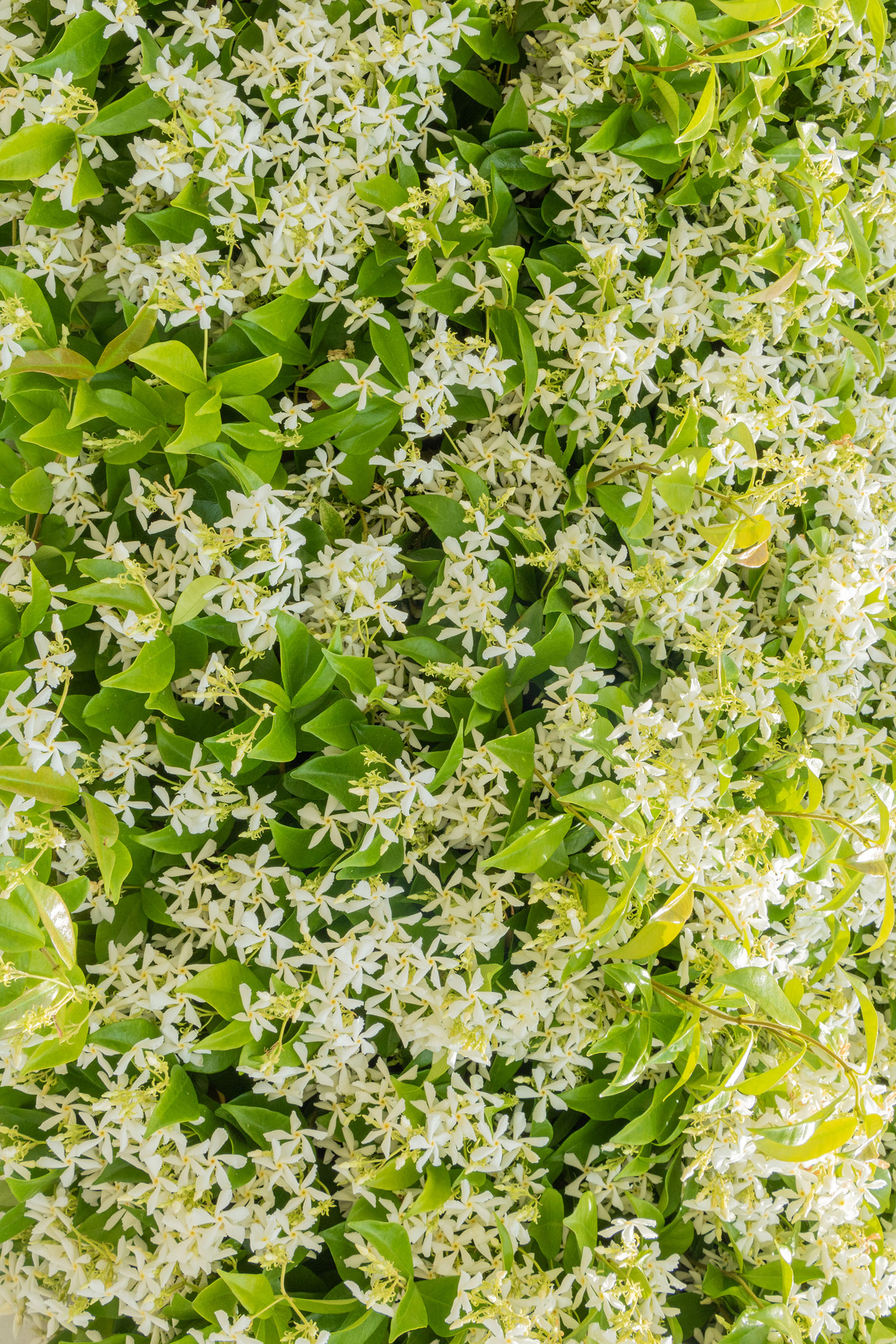
Chanel No. 5 perfume has the most expensive commercial – ever!
The timeless classic raised the standards not only for perfumes but also for advertising.
First, in 1953, it became the first perfume ever advertised on television.
And then, in 2004, it became the world’s most expensive advertisement (to date). The four-minute Chanel No. 5 perfume commercial by director Baz Luhrmann cost US$33 million. It featured Nicole Kidman in couture designed by Karl Lagerfeld. Classical composer Debussy created the soundtrack.
So, not your average 15 seconds of fame!
Other stylish muses who have endorsed the Chanel Number 5 perfume? Marilyn Monroe, Gisele Bündchen, Lily-Rose Depp, Marion Cotillard, and Catherine Deneuve.
The most expensive bottle of Chanel Number 5 perfume
US$30,000: That’s what the most expensive Chanel No. 5 perfume bottle costs. It’s a 30.4-ounce Chanel No. 5 Limited Edition Grand Extrait in red, handcrafted from Baccarat crystal in 2018. Only 55 bottles were ever made for lovers of luxury.
So, the next time you catch a whiff of Chanel No. 5 perfume, consider the hidden stories that linger within its delicate notes. Beyond the bottle’s glamour and the fragrance’s allure lies a tale of resilience, resourcefulness, and the indomitable human spirit that refused to be overshadowed, even in the darkest hours of history. Chanel No. 5, once a silent participant in espionage, now stands as a fragrant symbol of triumph against adversity.
Perfume enthusiasts, historians, and curious minds share your insights, questions, and favorite Chanel No. 5 moments in the comments below. Let’s build a scented community where the love for fragrance knows no bounds.
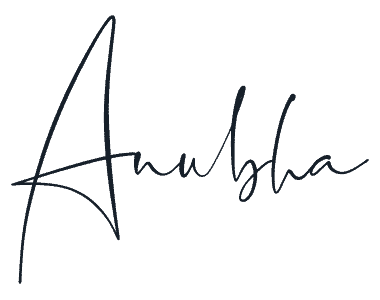

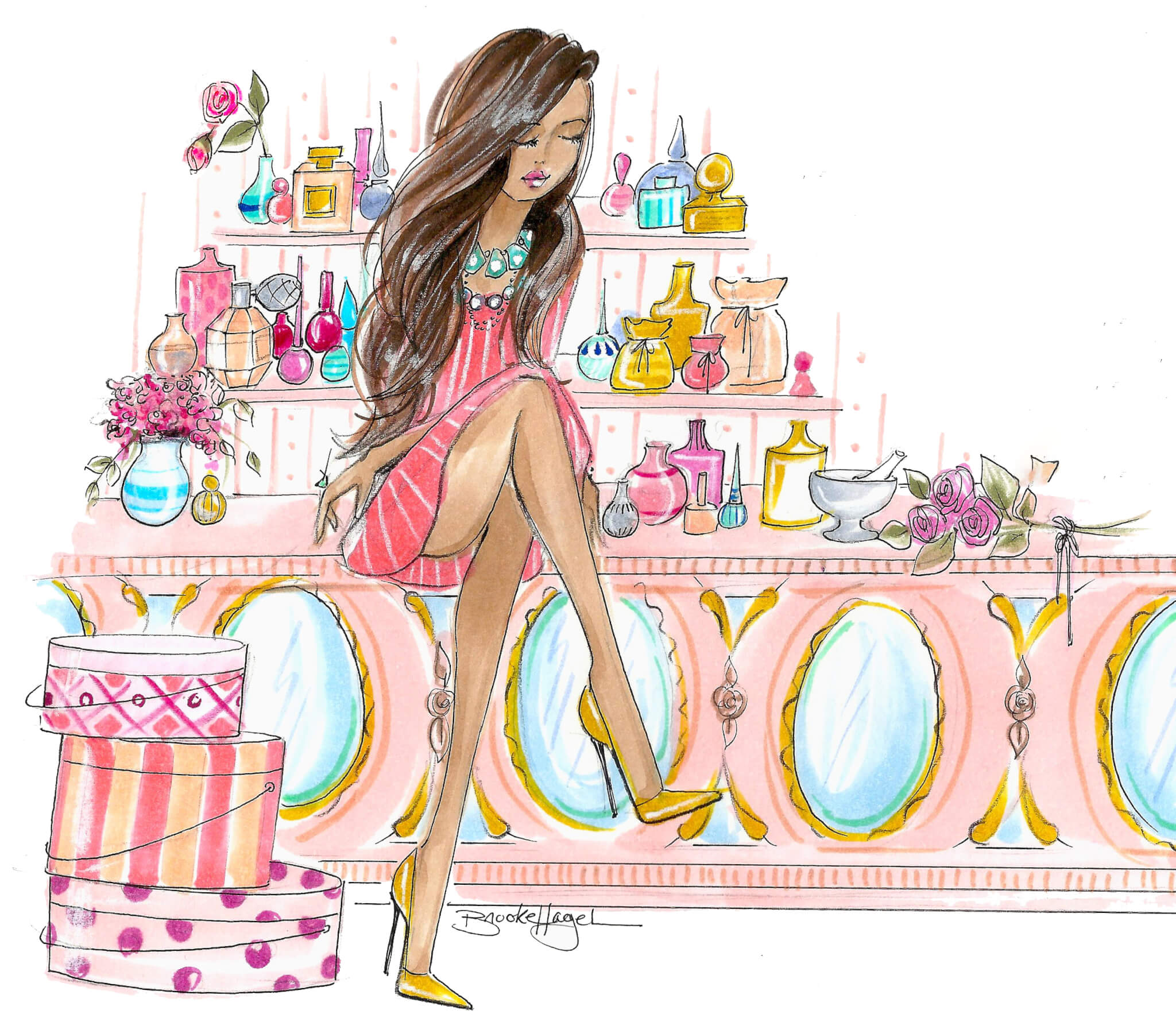
Gabriel Moro says
This was an amazing read. So many interesting facts and subsequent links to follow. Thanks a lot for sharing!
5 letter words says
I recently made these cookies, and I couldn’t be more pleased with how they turned out! I hoped for the best even though I wasn’t sure if they would bake properly.